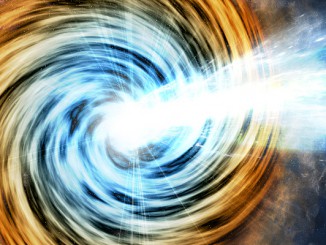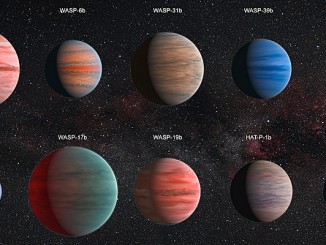
Hubble team breaks cosmic distance record
By pushing the NASA/ESA Hubble Space Telescope to its limits, astronomers have shattered the cosmic distance record by measuring the distance to the most remote galaxy ever seen in the universe. The galaxy, named GN-z11, has a redshift of 11.1, which corresponds to 400 million years after the Big Bang when the universe was only three percent of its current age.









